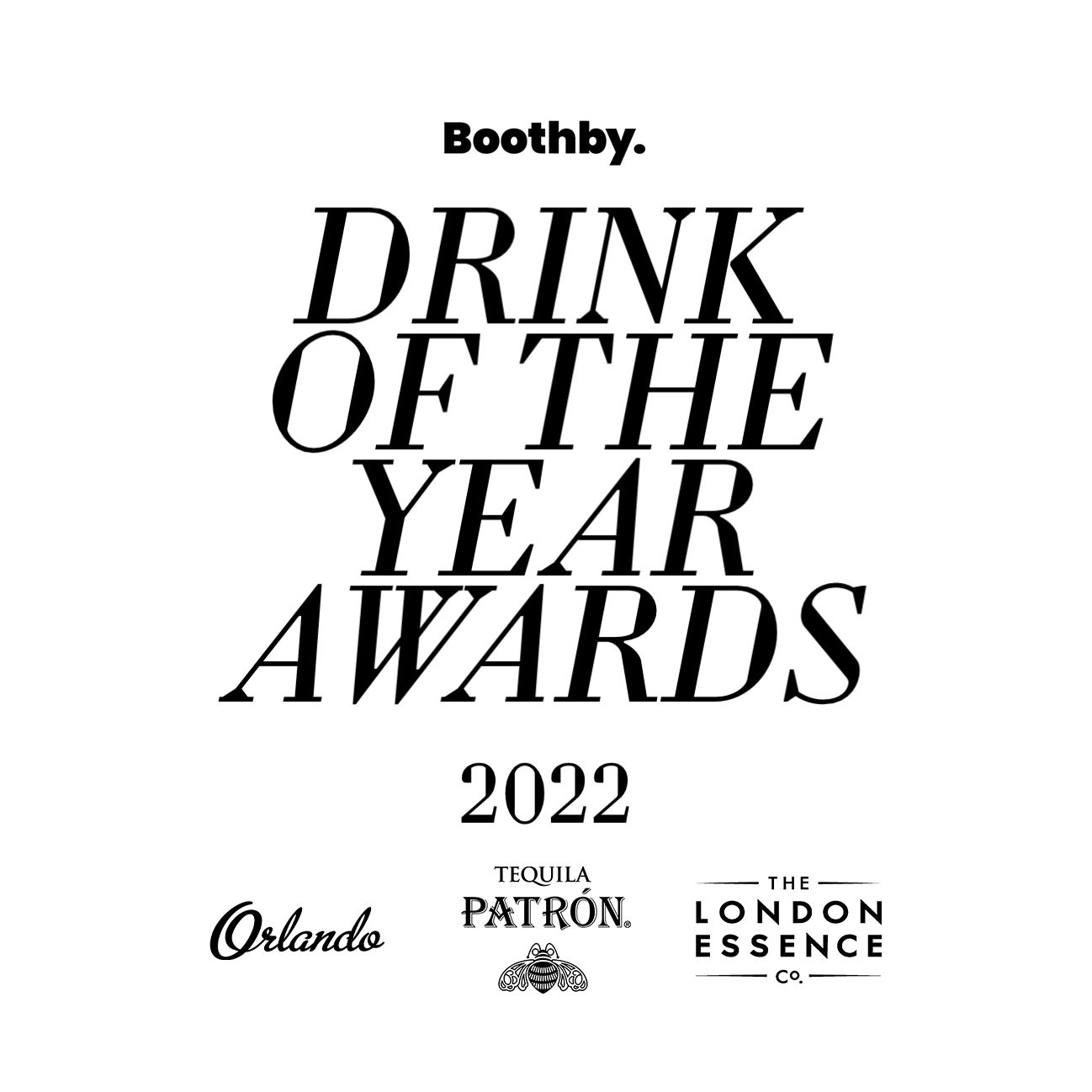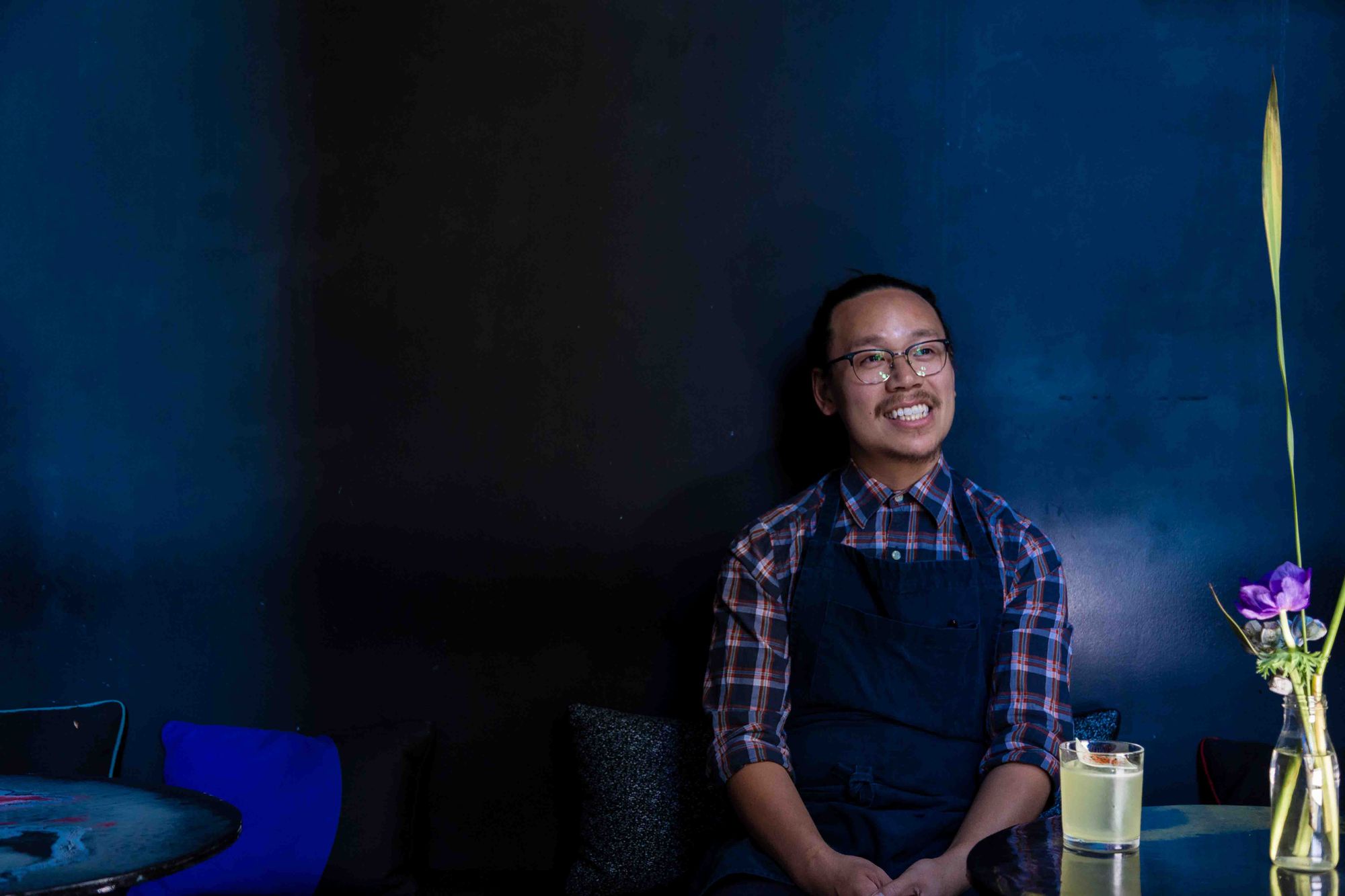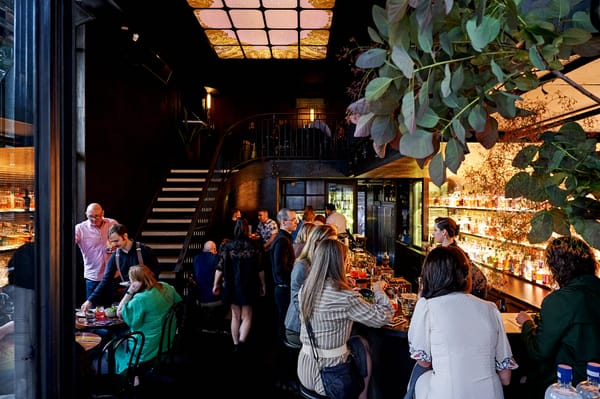PS40’s Michael Chiem on making the best Piña Colada possible
“We took the effort to look at every single facet of it.”


This drink is one of the Boothby Top 50 Drinks of the Year 2022 — you can see the full Top 50 here.
First published October 8 2020
Do you want to taste the best Piña Colada you’ve ever had? Do you long to ingest a little liquid sunshine — a drink so good that for a moment you forget the world is burning, remember how sweet life can be?
Then head post-haste to Sydney bar PS40 for this Salted Piña Colada. PS40 isn’t known for its tropical vibes, swim-up bar, or tiki shirts. I would generally describe that as a good thing, too: PS40 is a sleek space in which the drinks you get are unlike other drinks you get elsewhere. And they all get the PS40 treatment — innovative flavours and techniques in the service of deliciousness — from the team led by owner and bartender Michael Chiem.
That applies to the humble Piña Colada, too. Even in today’s world of top quality cocktails and premium ingredients, you’ll generally find middling Piña Coladas are the norm. The drink is a relatively simple affair of rum, pineapple, and the magical powers of Coco Lopez (for which you should accept no substitutes), but it’s so often done poorly.
That’s not the case at PS40. “We took the effort to look at every single facet of it,” Chiem tells us in the Q&A below.
There’s one step in particular, in which they age their pineapples at room temperature for around a week; allowing your pineapples to ripen properly is a simple tip anyone can use to make the best Piña Colada possible.

Tell us about the Salted Piña Colada, and what makes it different?
I could have just called it a Piña Colada, but when you put salted in front of it sells a bit more, right?
We’ve got rum in there, fresh citrus, cold pressed pineapple. The slightly different things that we do? It starts with cold pressing the pineapple rather than blending it. And we churn it through the slushie machine — the churning action stops it from getting chunks, and you get a nice sorbet consistency. A lot of Piña Coladas you get at a lot of bars can be a bit chunky and inconsistent.
There’s no dilution with water, it’s just extra cold pressed pineapple. [In terms of] the pineapple, the salt [we add] also removes bitterness.
We also let the pineapple sit at room temperature for about a week. It’s something I picked up from my mum when she cooks hot and sour soup. She’d always see me putting pineapples in the fridge in my house, and ask me what the fuck I was doing that for? I was like, it’s not what you do? You put all the produce in the fridge. She said no, a pineapple you keep at room temp, and she keeps it out until it starts smelling — that’s when you cut it, that’s when the juice is most ripe.
The pineapples we get in are quite green. It’s just not very nice. This one — that has been sitting out — is riper and ready to go. You can even feel it and see it on the skin, right? It’s much more yellow, and it’s going to be sweeter on the inside.
I joked around to some girls on Tuesday, the chefs do like a six or eight day aged tuna; I said this is my six or seven day aged Piña Colada. It’s actually true! You know it’s getting sweet when it starts to rot from the outside.
I can’t believe I’m saying this, but in the same way dry-aged beef gets the discolouration on the outside?
Yes, exactly. A lot of people will think it’s rotting, but when you cut it, inside it’s really nice. That’s one small step. Pineapple makes up most of this drink so if the pineapple is shit, then it’s a shit drink.





